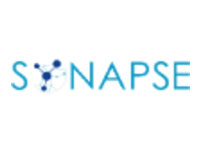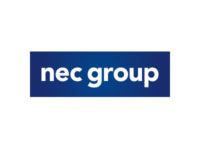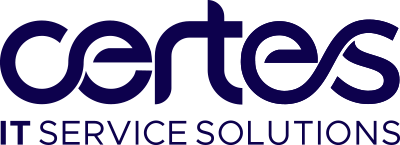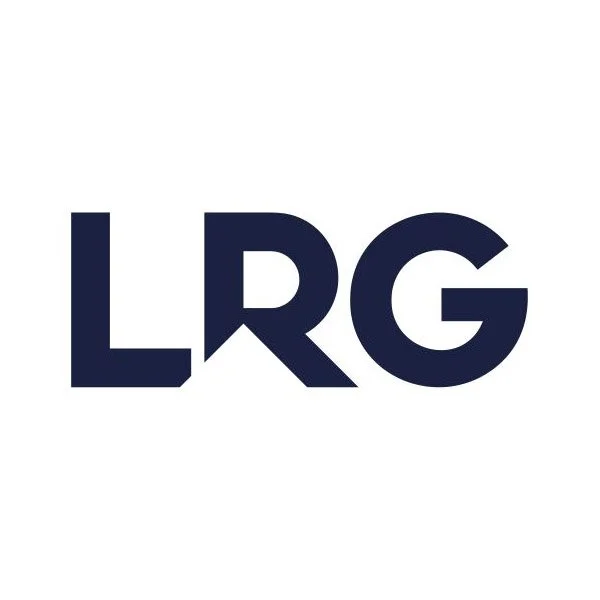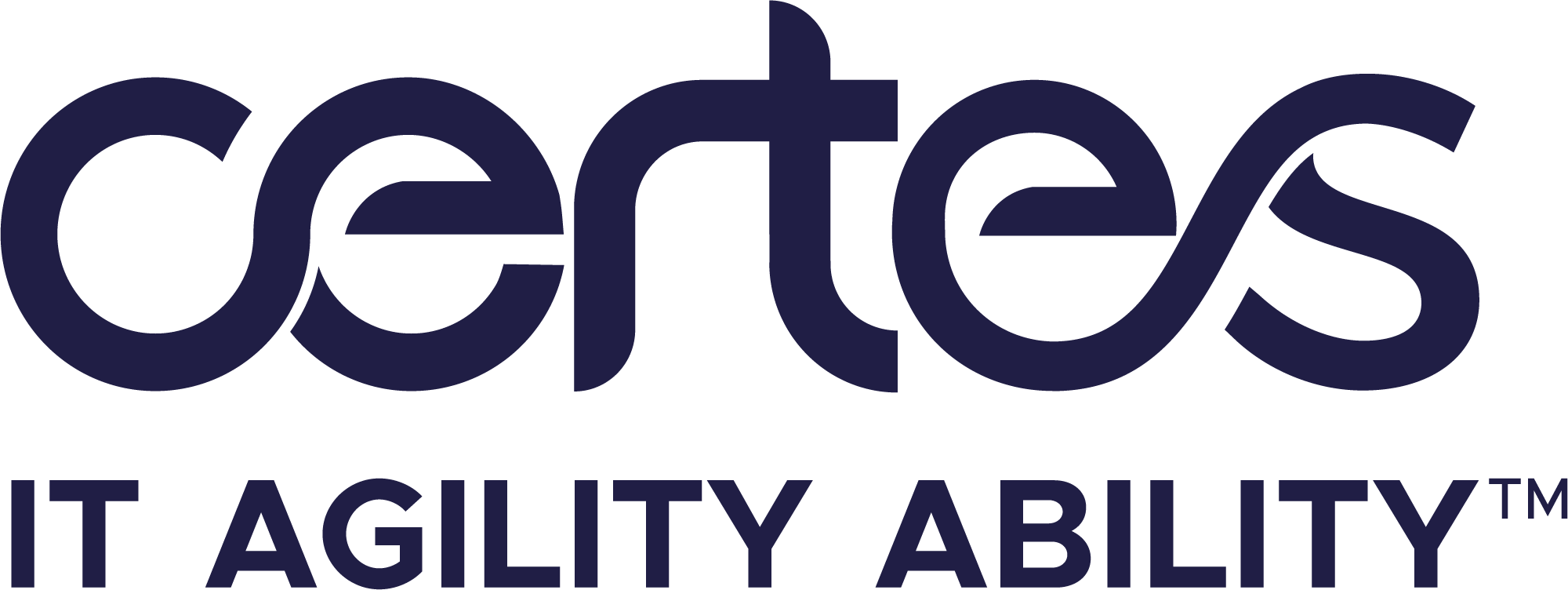IT Agility AbilityTM
Case Study
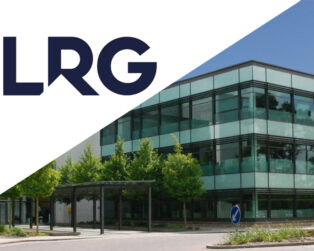
Background
LRG is one of the UK’s largest and fastest-growing property services organisations, with a wide network of estate and letting agencies. As the business continued to scale, LRG recognised the importance of evolving its IT capabilities to ensure long-term efficiency, resilience, and customer-centric service delivery. Certes was engaged to help shape and accelerate this transformation.
Project Objective
Initially engaged to provide support for Application Management, Certes’ discovery process identified an opportunity to strengthen LRG’s service management foundations. The programme quickly expanded to include:
- Assessment of current ITIL maturity across people, process, technology, and partners
- Design of a fit-for-purpose Target Operating Model (TOM)
- Definition and implementation support for a Service Management Office (SMO)
- Tools, frameworks, and guidance to support continued IT maturity
- Delivery of an operational handbook to enhance Application Management practices

Phase 1: Discovery

Key Insights:
- ITIL Practice Development: Change Management had been initiated, offering a strong base from which to build additional ITIL-aligned capabilities
- Valuable Expertise: The team demonstrated deep operational knowledge, with opportunities to formalise and share this expertise more broadly
- Collaborative Environment: A strong willingness to engage across teams provided a solid platform for transformation
- Process Alignment Opportunity: Identifying a need for more defined governance and cross-functional processes presented a chance to unify service operations
- Focus on Value: A shared goal emerged to better align service reporting with business outcomes and customer expectations
Approach
- Consulted with key leaders and the wider business across Infrastructure, Applications, Networks & Telecoms
- Mapped interdependencies and identified areas for alignment, particularly with functions like cybersecurity and incident management
- Partnered closely with stakeholders to ensure recommendations reflected LRG’s strategic direction and operational goals
Phase 2: Delivery
- Target Operating Model (TOM)
The TOM provided a practical blueprint to guide LRG’s IT evolution:
- Aligned with strategic goals and industry best practices
- Structured around nine key components, including governance, tooling, service design, performance, and culture
- Delivered a High-Level Design (HLD), visual frameworks, and a roadmap for continued internal development
- Service Management Office (SMO)
Designed to embed service excellence across the IT function:
- Proposed a decentralised hybrid model tailored to LRG’s structure
- Introduced a new Head of SMO role to oversee service assurance, compliance, and delivery
- Provided tools such as templates, role profiles, and behavioural guidelines to support consistency and collaboration
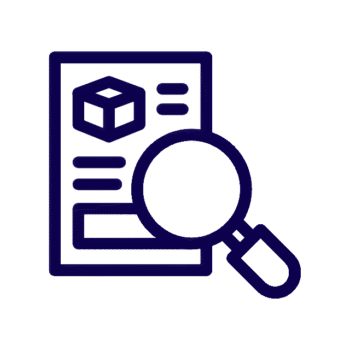
Outcome
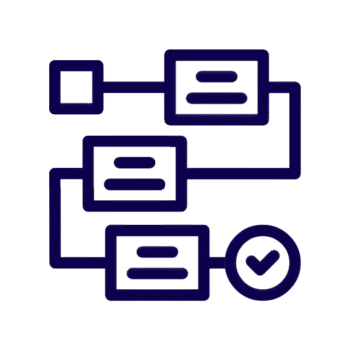
- Strategic Alignment: A clearly defined TOM supports cross-functional alignment and growth
- Strengthened Governance: Foundations established for consistent, scalable service practices
- Enhanced Operations: Teams are equipped with practical tools to improve onboarding, ownership, and service delivery
- Leadership Empowerment: LRG leaders are now positioned to confidently drive IT maturity and support the organisation’s continued expansion
Who We Work With
